The Birding trip of Doñana
Doñana is considered the most important wetland for wintering birds in all Western Europe. The vast territories of Doñana home a great array of birding sites, some of them easily reached at short distance from Seville.
Many of our birding daytrips here are focused in Northern Doñana. Please read below for further information on sites and species of interest.
We can also arrange multi-day tours and cover all the birding hotspots of Doñana. Doñana is large enough to provide up to 4 or 5 different days of birding!
WHY CHOOSE THIS TRIP
- Spectacular birdlife
- Iconic and threatened species
- Nice array of different habitats
- Chances on Iberian Lynx
- Proximity to Seville
A TRIP FOR YOU: This is a private bird trip to Doñana and therefore suitable for all levels of fitness and expertise. When possible, we can plan the trip according to your target birds. We enjoy wildlife photography and can certainly help you with this matter.
WHAT'S INCLUDED
- Transportation (for free)
- Local bird guide fluent in English
- Guidebooks and checklists
- Use of binoculars and scope
- Accidents insurance
- All taxes
WHAT'S NOT INCLUDED
- Meals or drinks
- Accomodation
OUR FARES
- 1 person: 300 €
- 2 to 3 people: 350 €
- 4 to 7 people: 400 €
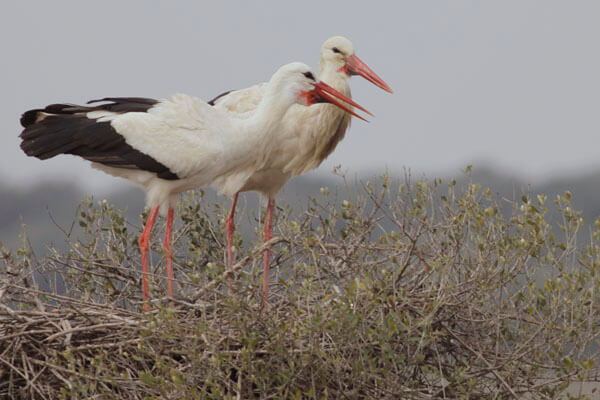
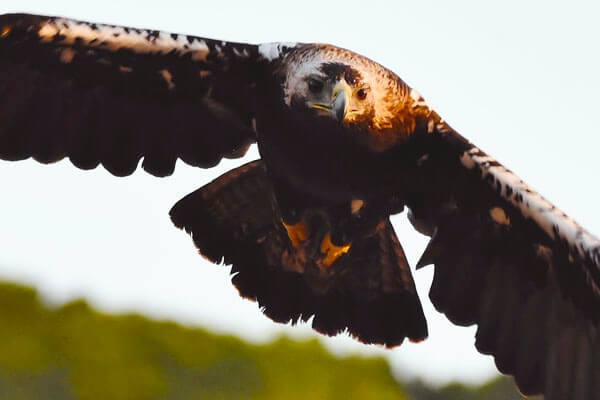
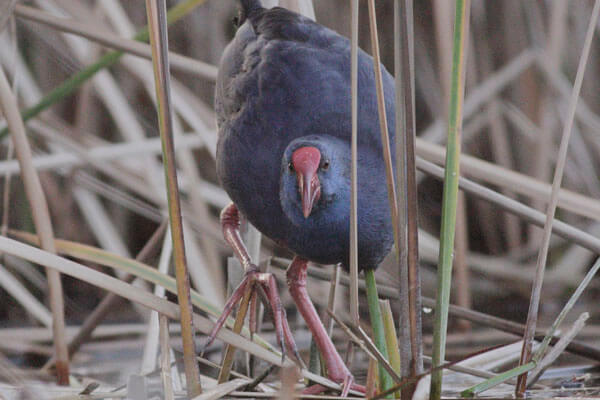
MEETING: We normally meet in Seville and then drive to Doñana. Alternatively, the iconic town of El Rocío is also an option.
LENGTH: The daytrip lenght is 9 h from start to finish if we start in Sevilla, whereas it is 7,5 h if we start in El Rocío.
TIMING: We'll agree on precise hours by email. This trip can take place from October till June. Best birding takes place from December till May.
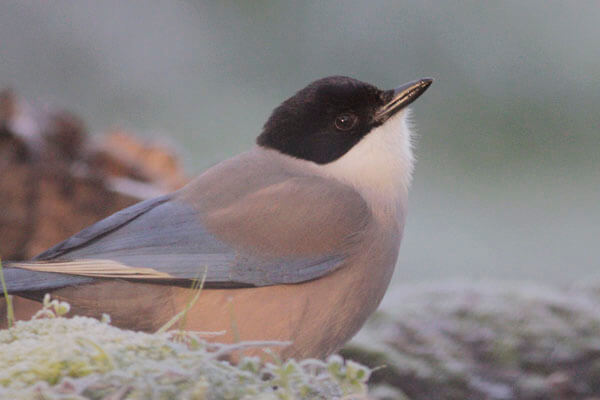
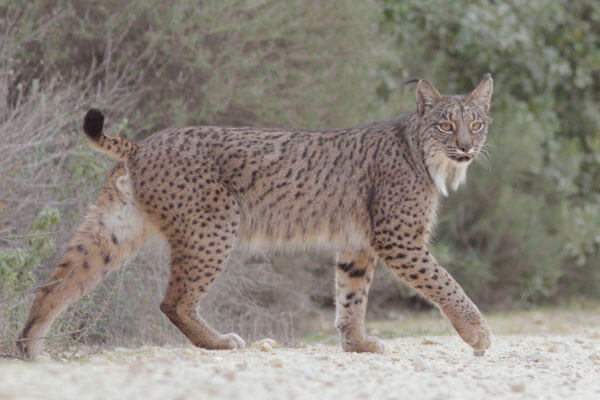
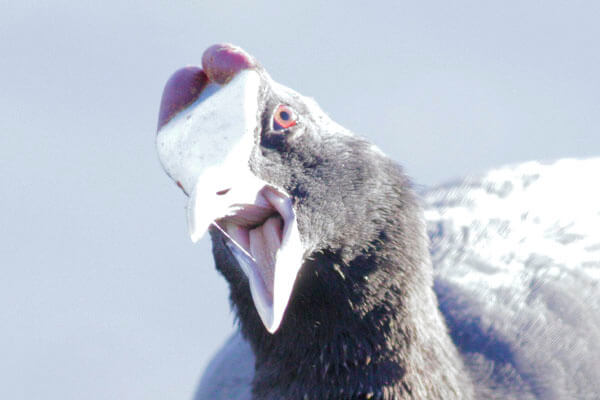
BIRDING SITES IN DOÑANA
Northern Doñana
These territories are among the most productive sites in terms of species. Most of our bird daytrips to Doñana take place here. There's many sites to explore. The Dehesa de Abajo wetland usually bursts with birdlife and is a prime site for globally threatened species such as Marbled Teal, Ferruginous Duck and Red-knobbed Coot. Its nearby pinewoods home the endemic Iberian Magpie whereas the very secretive Iberian Lynx usually hides in the shrub. The Guadiamar river near Entremuros and the surroundings of José Antonio Valverde visitor centre are also quite interesting in spring and winter and can make themselves a whole daytrip if driving along a bumpy track is done carefully. This is the best spot for birds of prey in Doñana, with chances on Spanish Imperial Eagle, Black-winged Kite and -surprisingly- Griffon Vultures. In winter there's high concentrations of Common Buzzard and even a resident population of Lesser Kestrel. Observing owls is challenging, but possible species may include Long-eared, Short-eared, Barn and Little Owls.
Western Doñana
The surroundings of the iconic village of El Rocío offer great birding. The marsh of el Rocío is is probably the most iconic image of Doñana, and certainly to be recommended in a multi-day birding tour. Large concentrations of birds usully take place here, either on migration or winter. Hence Greater Flamingo, Eurasian Spoonbill, Black-tailed Godwit, Common Snipe, Eurasian Teal and Little Ringed Plover could be seen in enormous numbers. Nearby sites to El Rocío marshes include the forests of El Acebrón ,where the scarce Lesser Spotted Woodpecker occurs alongside scrub and woodland birds such as Iberian Grey Shrike, Dartford Warbler, Common Firecrest and Short-toed Treecreeper. Another birding hotspot is found along the nice trails and hides in La Rocina. In the reeds here breeds the very localized Savi's Warbler, a place where Water Rail also holds a good population. Glossy Ibis and Western Marsh Harriers are common there too.
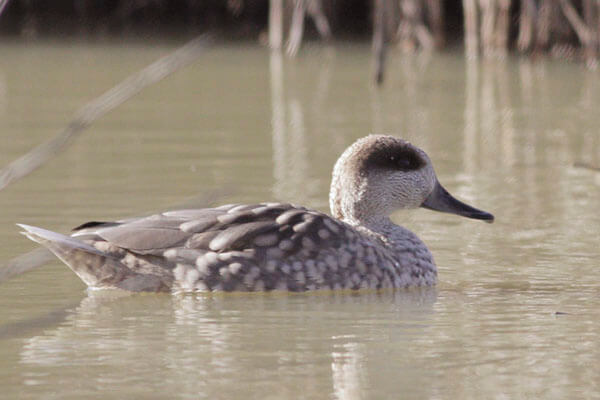
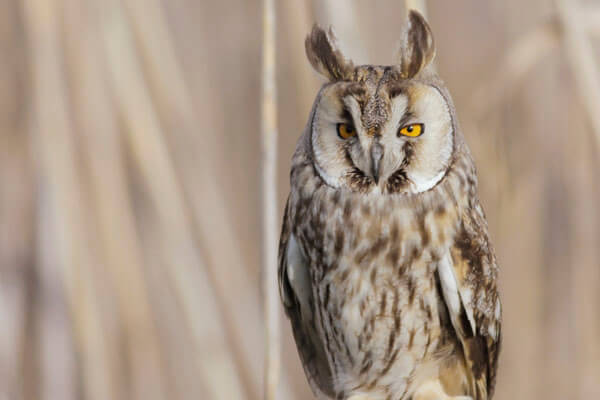
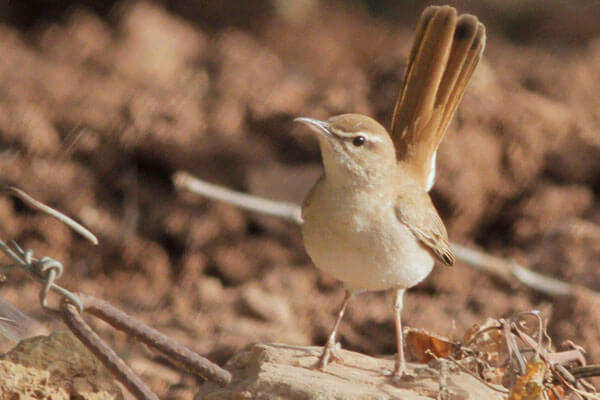
Eastern Doñana
At some moments of the year the so-called Brazo del Este river is the main -if not the only- place that holds water and hence large concentrations of birds occur. The vast paddy fields around it can be magnificent when they are flooded. It is then that scores of migratory birds -particularly waders- can be found, whereas Bluethroat winters in the area. This is a prime site for White and Black Storks, Eurasian Spoonbill or the striking Black-headed Weaver. The nearby ditches also home an interesting bird community, including Black-crowned Night-Heron, Spanish Sparrow and a resident population of Squacco Heron. The Brazo del Este has great light in the afternoon and is highly recommended to end up a day of birding in Doñana.
Southern Doñana
Bird watchers interested in highly localized species would be delighted to go birding in Southern Doñana. The Southern side of the Guadalquivir near the town of Sanlúcar de Barrameda offers great birding sites. The Bonanza saltpans are a fantastic site for Slender-billed Gull, Osprey and a variety of waders and terns -with nice surprises on migration!-. Nearby, the Tarelo and some other small lagoons give home to the highly localized White-headed Duck, Glossy Ibis, Western Swamphen... Nearby pinewoods are a great trap for migrants such as the elusive Wryneck or Pied Flycatcher. Not far from there, localized concentrations of Little Swift and Rufous Bush Robin can, with local knowledge, be highly enjoyed. The site is also good for Mediterranean Chameleon.
NOTE: Doñana Natural Park surrounds the smaller Doñana National Park. The latter is has restricted access. We operate mostly in the Natural Park and some strategic buffer areas of Doñana, which are fantastic for birding!